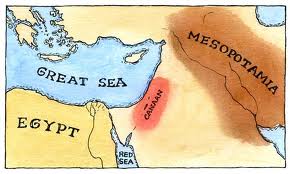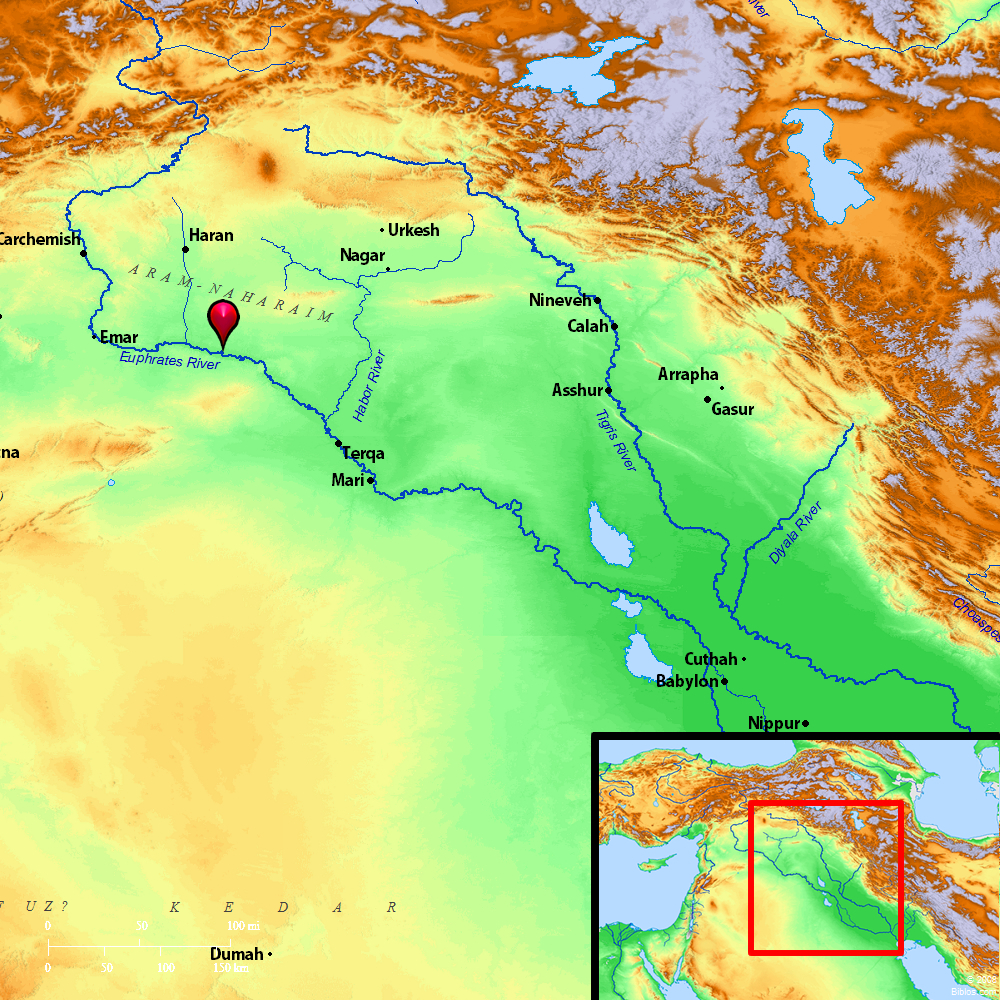

In 1880 an inscription was accidentally discovered on the wall of the tunnel about nineteen feet from where it opens into the Pool of Siloam.

The length of this tunnel is about 1,750 feet.

This "fountain" or spring is therefore to be regarded as the "upper water course of Gihon." From this "fountain" a tunnel cut through the ridge which forms the south part of the temple hill conveys the water to the Pool of Siloam, which lies on the opposite side of this ridge at the head of the Tyropoeon ("cheesemakers'") valley, or valley of the son of Hinnom, now filled up by rubbish. On the occasion of the approach of the Assyrian army under Sennacherib, Hezekiah, in order to prevent the besiegers from finding water, "stopped the upper water course of Gihon, and brought it straight down to the west side of the city of David" ( 2 Chronicles 32:30 33:14). (2.) The only natural spring of water in or near Jerusalem is the "Fountain of the Virgin" (q.v.), which rises outside the city walls on the west bank of the Kidron valley. It was the Asiatic and not the African "Cush" which the Gihon compassed ( Genesis 10:7-10). But as, according to the sacred narrative, all these rivers of Eden took their origin from the head-waters of the Euphrates and the Trigris, it is probable that the Gihon is the ancient Araxes, which, under the modern name of the Arras, discharges itself into the Caspian Sea. Others regard it as the Oxus, or the Araxes, or the Ganges. A discerning look at a map of the area will reveal that the Pishon is likely the Araxes or Araks river, that “compasseth the land of Havilah,” the gold mines in the area of the Republic of Georgia, and empties into the Caspian Sea.(1.) One of the four rivers of Eden ( Genesis 2:13). Many agree the river Hiddekel is the Tigris river that empties into the Persian Gulf and the Euphrates has a similar starting point. Since the world experienced a devastating flood which destroyed a good part of the land geography, some scholars believe it is impossible now to determine exactly which today are the four rivers mentioned in Genesis, as their source has been obliterated. We can then be assured that the Bible is speaking of this region in what is the general area of the Republic of Georgia. The second-largest gold deposits in the world are found near the delta of the southeast Caucasus Mountain range (the first being in South Africa, far from Eden). Furthermore, verse 11 mentions that there is “good gold” in the area of Havilah. Hence the land of Cush, translated Ethiopia in verse 13, cannot refer to Ethiopia in north east Africa, also black, but to Northern Iraq in Asia, within what was later the Assyrian empire. But Nimrod was also black, being a Cushite, and he built the city of Babel, or the city of Cush, in what is today northern Iraq. The black races generally inhabit southern Iraq, south India and Africa.

The garden of Eden, it is generally accepted, was located in the Armenia/Azerbaijan region, located in the Republic of Georgia, i.e.,the Caucasus Mountains, north eastern Turkey and north west Iran. However, the verses in Genesis cited above give us a clue as to which area is delineated. There are more than one land of Havilah and of Cush respectively mentioned in the Bible, wherein lies the confusion. The scholarly community is divided as to where these ancient rivers and countries are located.


 0 kommentar(er)
0 kommentar(er)
